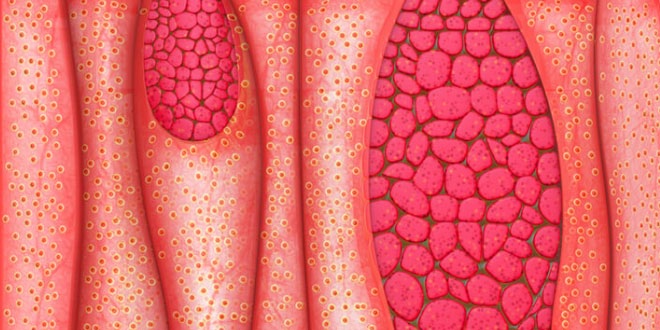Question: Name the tissues responsible for the movement of the body.
Answer: Muscle tissue and nervous tissue
Question: How does neuron look like?
Answer: A neuron is the unit cell of nervous tissue. It is a thread-like structure with cell body and axon.
Question: Name the types of simple tissues.
Answer: (a) Parenchyma (b) Collenchyma (c) Sclerenchyma
Question: Name the types of complex tissues.
Answer: Xylem and Phloem.
Question: Where is apical meristem found?
Answer: It is present at the growing tips of stem and root, it increases the length of the stem and roots.
Question: Which tissue make up the husk of coconut?
Answer: Sclerenchyma.
Question: What are the constituents of phloem?
Answer: Phloem constitutes the sieve tubes, companion cell, phloem parenchyma and phloem fibers.
Question: Define aerenchyma.
Answer: When the cells have air-filled large cavities of parenchyma, it is called aerenchyma. Aerenchyma helps aquatic plants in floating.
Question: What is the utility of tissues in multi-cellular organisms?
Answer: It helps in growth, organisation of different organs and performing functions.
Question: Name the two types of tissues.
Answer: Plant tissues and animal tissues.
Question: Name the two types of plant tissue.
Answer: Meristematic tissue and permanent tissue.
Question: What is differentiation?
Answer: The process of taking up a permanent shape, size and function by cells is called differentiation.
Question: Name the three types of meristematic tissues.
Answer: The three types are:
- Apical tissue—tips of root and shoot
- Lateral tissue—sides of stem
- Intercalary tissue—at nodes
Question: Where is apical tissue found?
Answer: Present at the tips of roots and stems.
Question: Tissues present at the lateral surface of the stem are called apical tissues. Put (T) if true and put (F) if false.
Rewrite the answer if (F).
Answer: (F). Tissues present at the lateral surface of the stem are called lateral tissue.
Question: Which tissues are present at the nodes of the plants?
Answer: Intercalary tissue.
Question: What are the various types of blood cells?
Answer: There are three types:
- RBC’s
- WBC’s and
- Platelets
Question: What are tracheids?
Answer: They are elongated cells with tapering ends.
Question: What are guard cells?
Answer: Each stomata is bounded by a pair of specialized kidney-shaped epidermal cells called guard cells.
Question: Epithelial tissue is the simplest tissue. Write (F) for false or (T) for true.
Answer: (T).
Question: What are the functions of cuboidal epithelium?
Answer: It helps in absorption, excretion, secretion, it also provides mechanical support.
Question: What is a tissue?
Answer: A group of cells that are similar in structure and work together to do a peculiar function is called tissue.
Question: What is the utility of tissues in multi-cellular organisms?
Answer: Tissues provide structural strength, mechanical strength, show division of labor.
Question: Name types of simple tissues.
Answer: The types of simple tissues are parenchyma, collenchyma, sclerenchyma and aerenchyma.
 Class Notes NCERT Solutions for CBSE Students
Class Notes NCERT Solutions for CBSE Students



